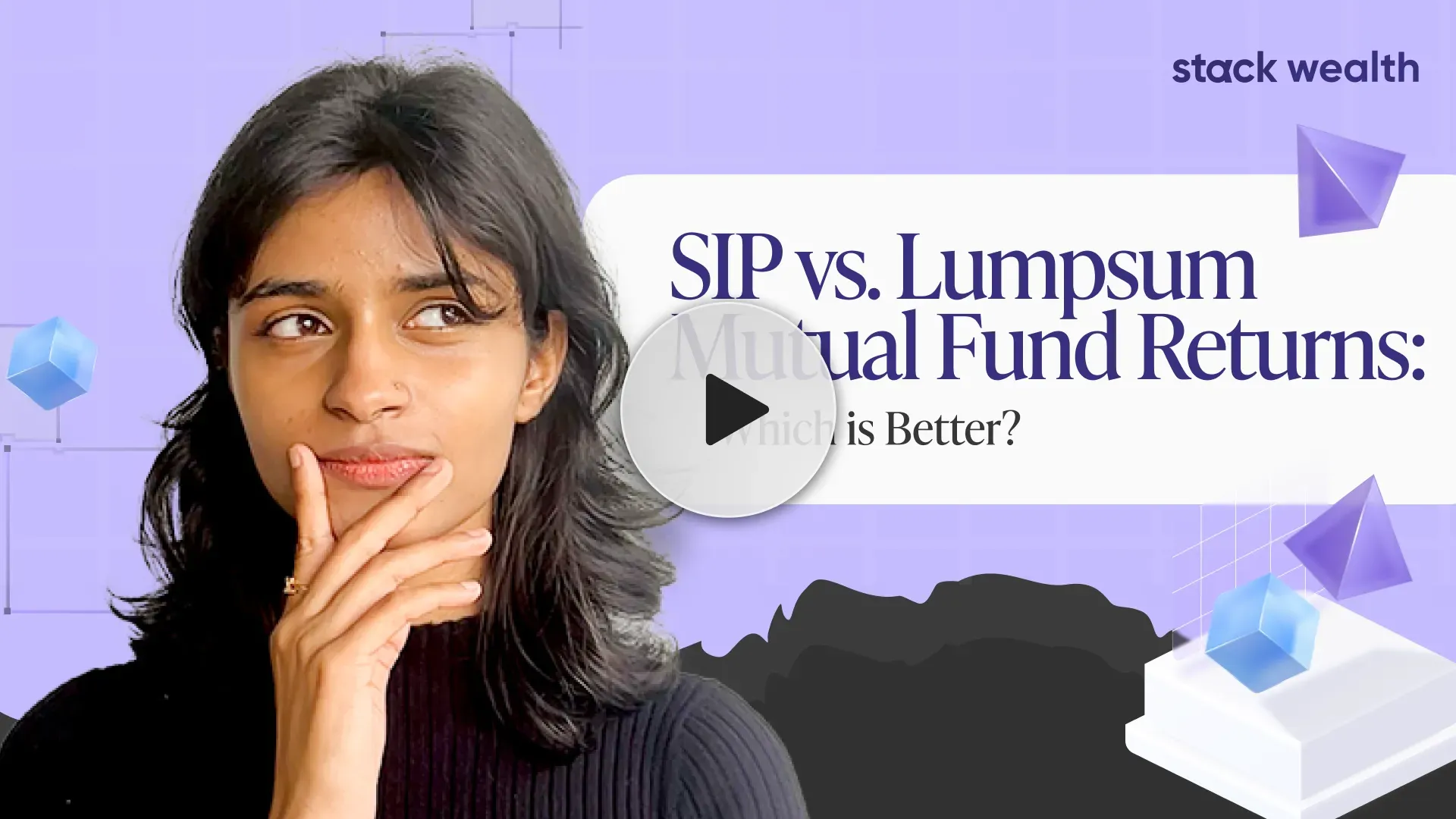Table of Contents
View All ![]()

View All ![]()
Overview of Blend Fund
How Blend Fund Works?
Why Choose a Blend Fund?
Types of Blend Fund Investments
Conclusion
If you’re looking for a versatile investment option, a blend fund might be just what you need. A blend fund combines both growth and value stocks within a single portfolio. This means it invests in companies with high growth potential and those considered undervalued but stable. By blending these two types of stocks, the fund aims to provide a balanced approach to investing.
A blend fund is an investment option that combines two types of stocks: growth stocks and value stocks. Growth stocks come from companies expected to grow quickly, often reinvesting profits back into the business. Value stocks, on the other hand, belong to companies that appear undervalued compared to their actual worth and usually offer steady dividends.
The goal of a blend fund is to mix these two types of stocks to provide a balance between high growth potential and stability.
By holding both growth and value stocks, a blend fund aims to offer a diversified investment that can adapt to different market conditions. This means investors can potentially enjoy the benefits of both growth and value investing without having to choose one over the other.
Blend funds mix growth and value stocks to create a balanced investment approach. By combining these two types of stocks, they aim to offer both high return potential and stability.

Opting for a blend fund can provide several key benefits for investors.
Blend funds come in a few different types, each with its own approach to investing. They are:
These are managed by professionals who select stocks based on their research and current market trends. These managers actively choose which growth and value stocks to include in the fund, aiming to outperform the market through careful stock picking.
They follow a different strategy. Instead of picking individual stocks, these funds aim to replicate the performance of a specific blend index.
They use a fixed strategy to manage investments, often tracking an index that includes a mix of growth and value stocks. This approach is usually more cost-effective and requires less day-to-day management.
They focus on particular industries or sectors, such as technology or healthcare. Within these sectors, the funds blend growth and value stocks.
This type of blend fund focuses on particular market sectors, giving investors the chance to take advantage of the unique opportunities and risks within those industries.
Blend funds provide a balanced approach to investing by combining growth and value stocks. This mix helps diversify your portfolio and manage risk while aiming for steady returns. If you’re looking for a simplified investment option that captures the benefits of both growth and value investing, a blend fund might be worth considering.

A seasoned investment professional with over 17 years of experience in AIF and PMS operations, investments, and research analysis. Abhishek holds an Executive MBA from the Faculty of Management Studies, University of Delhi, and has deep expertise in securities analysis, portfolio management, financial analytics, reporting and derivatives.
Disclaimer: This information is for general information purposes only. Investments in the securities market are subject to market risks, read all the related documents carefully before investing.
Impress your coworkers with your finance insights


20 MinsMutual Funds
A Beginner's Guide to Mutual Funds in 2024

8 MinsSIPs
How SIPs Help You Beat the Market with Rupee Cost Averaging

11 MinsSIPs
SIP vs. Lumpsum Mutual Fund Returns: Which is Better?
Scan this QR to download the App

